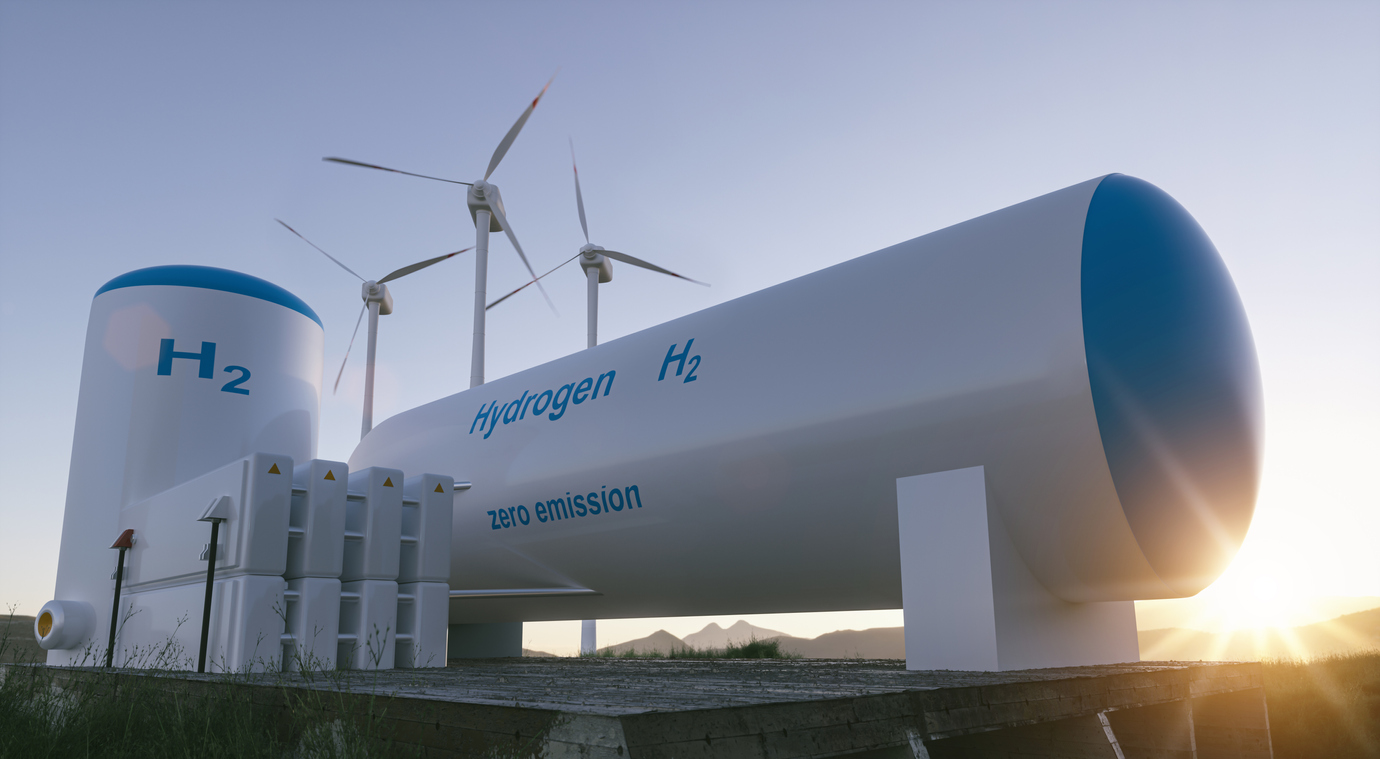The possible ban of internal combustion engines is a very demanding topic nowadays, however, it is by far not that bad as it looks like.
Sustainability is important for us, so we will contribute and support the development activities into this direction by making high-tech development devices available for a broader market.
“The Fit for 55 Package is a set of interconnected proposals that together deliver our ambition. This Communication gives an overview of the different proposals as well as their linkages and explains the toolbox of policy measures chosen. It presents how the package strikes the overall balance between fairness, emissions reductions, and competitiveness and illustrates how the different policies work together.” [1]- says the European Commission. The Fit for 55 package is an emissions reduction proposal reducing CO2 emissions by 55% till 2030 focusing not only the automotive, but the marine and aviation sector as well.
Besides that, the Commission plans to reduce the average emissions of the new passenger and light commercial vehicle fleet by 100%, which means that only zero emission vehicles will be allowed on the market. “Different technologies are and remain available to reach the zero-emission fleet wide target. Zero-emission vehicles currently include battery electric vehicles, fuel-cell and other hydrogen powered vehicles, while technological innovations are continuing.” [2]- says the Commission in the official proposal. Having said that, there is nothing to worry about, as our bellowed combustion engines will stay on the market for a long time, however, the challenge of hydrogen conversion is not an easy one.
Another alternative – at least in the motorsport sector – is the transition to synthetic fuels. Formula 1 and global partner ARAMCO are targeting an introduction of 100% sustainable fuels by the middle of this decade, as part of the move towards being Net Zero Carbon by 2030. “The thing that sets the targets is simply finding enough of the products that we need,” says Symonds. “There's plenty of ethanol around, it's easy to put that in. But when you start to go into these more complex molecules, there's not that much around and that's why the middle of the decade is realistic." [3]
We are currently working with and supporting companies who are developing hydrogen powertrain for motorsport or the automotive sector. According to them, our combustion analyser devices are crucial to understand the thermodynamics and the chemical process. Join them now, and apply for your free test device here: BDN Automotive - Test programme (bdn-automotive.com)
[1] European Commission, “Fit for 55 - Delivering the EU’s 2030 climate target on the way to climate neutrality,” Eur. Comm., no. 550 final, p. 15, 2021, [Online]. Available: https://eur-lex.europa.eu/legal-content/EN/TXT/?uri=CELEX:52021DC0550.
[2] E. Commission, “Amendments adopted by the European Parliament on 8 June 2022 on the proposal for a regulation of the European Parliament and of the Council amending Regulation (EU) 2019/631 as regards strengthening the CO2 emission performance standards for new passenger,” Representation, vol. 0806, 2022, [Online]. Available: https://www.europarl.europa.eu/doceo/document/TA-9-2022-0234_EN.pdf.
[3] G. Stuart, “Pat Symonds on how Formula 1 are creating the next generation of 100% sustainable fuels,” 2021. https://www.formula1.com/en/latest/article.pat-symonds-on-how-formula-1-are-creating-the-next-generation-of-100.6XCGNQ3ExMhbhYy338Qgi2.html.




